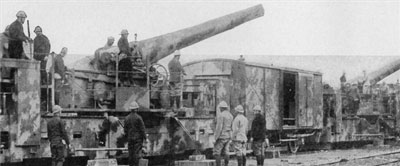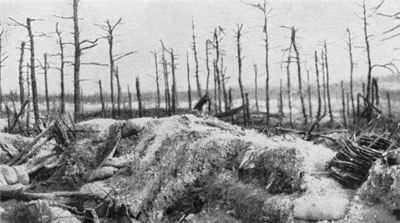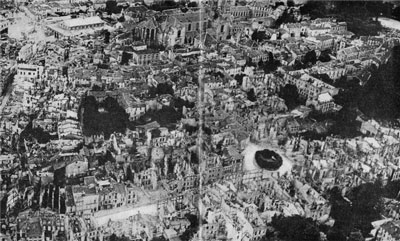
WWII: Maginot Line | Normandy | V-Weapon Sites | Arnhem
Further afield: Crete
| Home Tracing Military Ancestors Travel Advice CWGC Cemeteries Iron Harvest News Book Reviews Glossary Links Contact Me Verdun:
 
|
French Counter-Offensives and AftermathThe spring and summer fighting at Verdun had been massively costly for both sides. It also had huge repercussions at a senior level. The failure of his offensive coupled with an inability to predict the entry of Romania into the conflict led to Falkenhayn being replaced by Field-Marshal Paul von Hindenburg and Erich Ludendorff. Together these men would weald an increasingly tight grip on the German war machine and its use, culminating in the great "Kaiser Offensive" of spring 1918. And yet still the battle went on. With the Germans being forced to adopt a defensive posture as their resources were drained by the Somme offensive, the French saw the opportunity to regain the ground they had lost since February. In an attack planned and executed by Nivelle, a four-day preparatory bombardment by more than 650 guns sucked the life out of the German defenders.
When the attack came on 24th October the French, employing a creeping barrage, swept across the old battlefield on the right bank recapturing Fleury, the Ouvrage de Thiaumont and Fort Douaumont. On the 2nd November Fort Vaux was also back in their hands. A further assault on 15th December took them two miles beyond Douaumont, almost back to where the battle had begun in February. If the First World War had a supreme example of futility, this surely was it.
As with the Somme, so great was the carnage and so completely did the constant artillery fire re-mould the battlefield on which the dead had been hastily buried, no definitive count of casualties has ever been successfully undertaken. Latest estimates are that 377,000 French and 337,000 Germans were killed and wounded at Verdun of whom about a third perished – around a quarter of a million men. Falkenhayn's belief in a battle of attrition that would "bleed France white" had proved, like so many other strategies in this war, to be just another failed panacea.
When the battlefield came to be cleared following the Armistice, such was the scale of devastation and danger from unexploded munitions that the French Government declared the areas of the worst fighting on the right bank of the Meuse a "zone rouge" or "red zone". In time the French Forestry Commission planted swathes of woodland which have hidden many of the shell holes and trench lines from view. Other reminders of the fighting remain – the massive forts at Douaumont and Vaux still dominate the skyline of the battlefield as does the Ossuary in whose vaults are stacked the bones of some of the nameless thousands who died. Most moving of all are the "villages detruit" – the destroyed villages of the "Hauts de Meuse" which were never rebuilt but whose empty plots where houses and shops once stood hark back to a long forgotten way of life before the war swept it away forever. |


